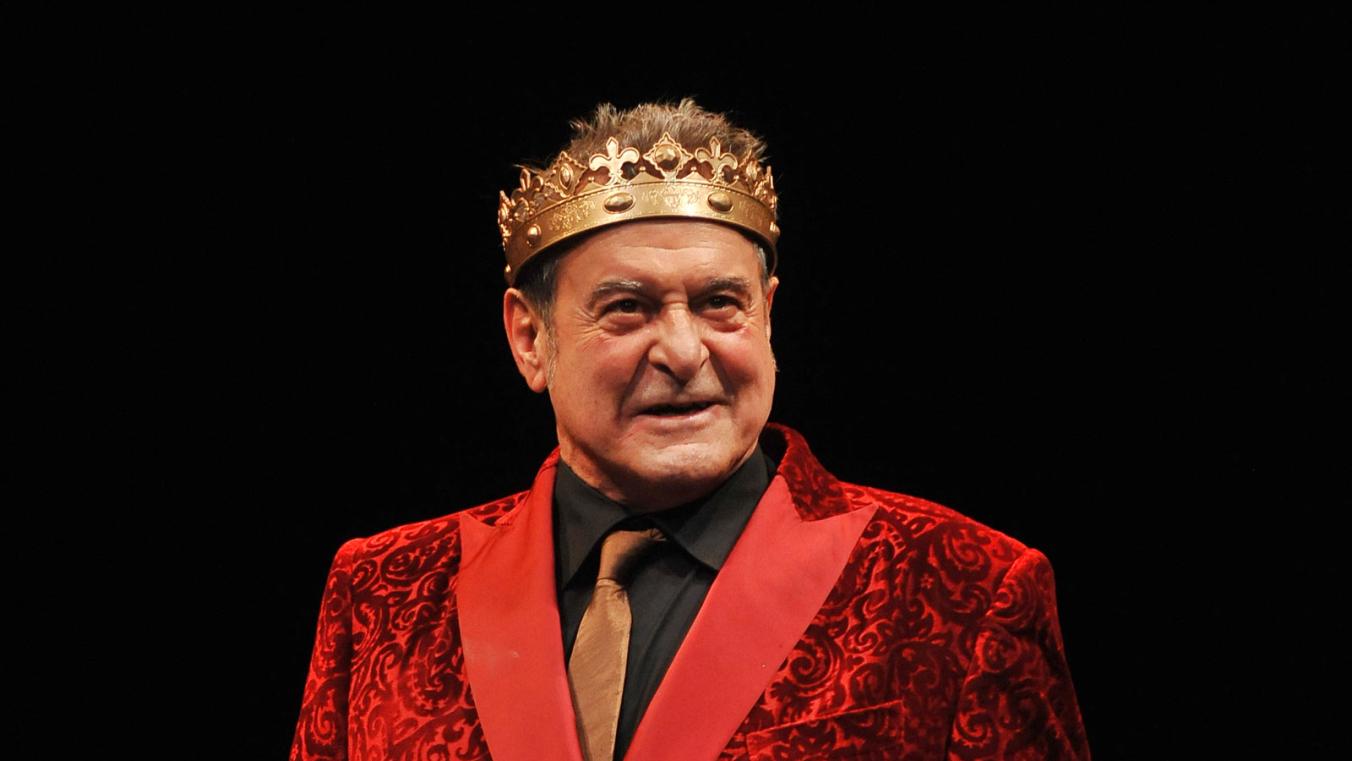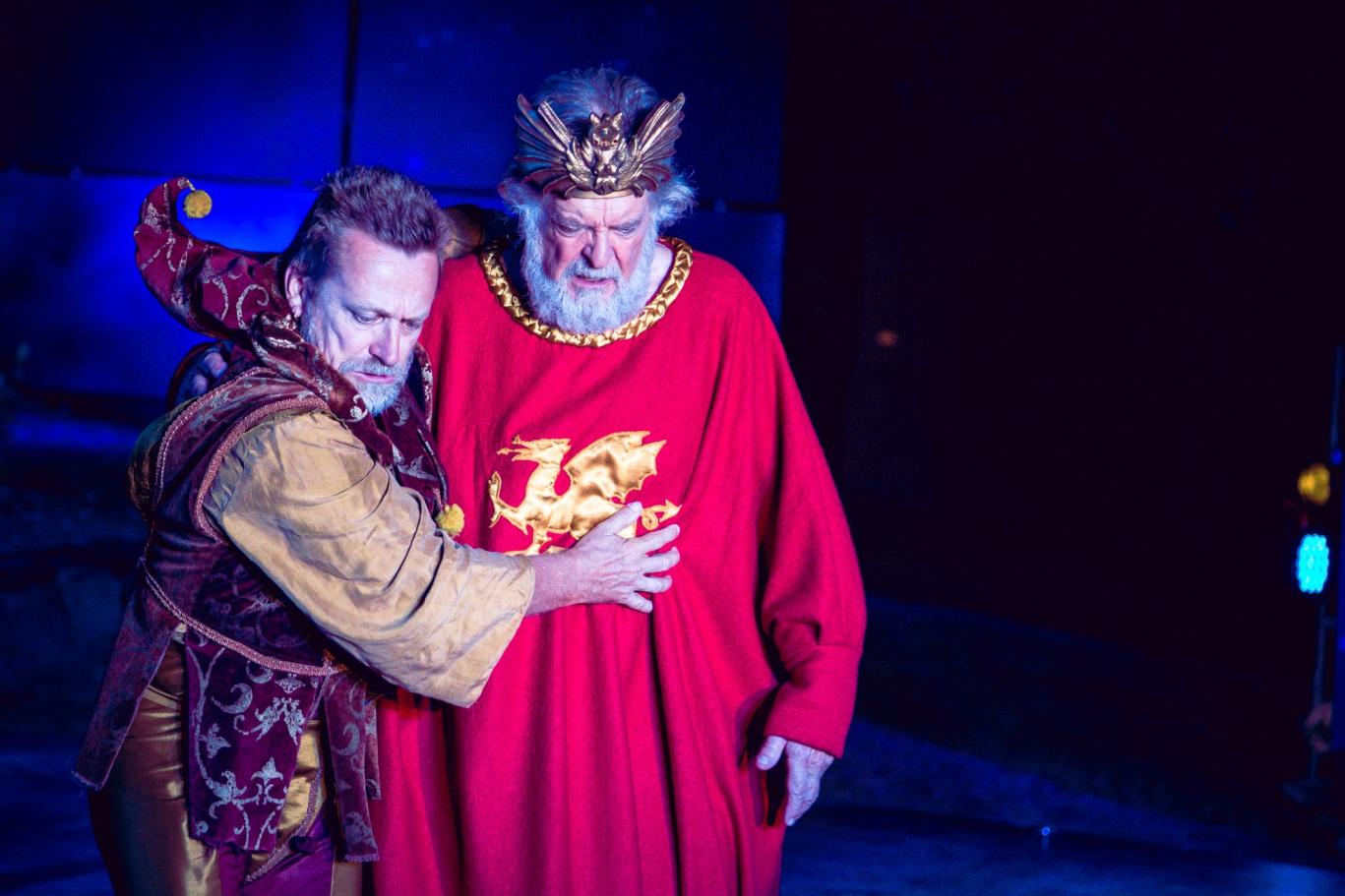What is the Meaning of the Ending of King Lear?
In the realm of literary masterpieces, William Shakespeare's "King Lear" stands as a towering tragedy, a profound exploration of power, loyalty, and the human condition. This article delves into the enigmatic ending of the play, seeking to illuminate its significance and its contribution to the play's overall meaning.

I. The Tragic Ending
The of "King Lear" is undeniably tragic, marked by the untimely demise of several key characters. Lear, the once-mighty king, meets his end, broken and bereft, cradling the lifeless body of his beloved daughter, Cordelia. Goneril and Regan, Lear's treacherous elder daughters, also perish, consumed by their own wickedness and lust for power. Edmund, the illegitimate son of Gloucester, meets a similar fate, paying the ultimate price for his treachery and deceit.
- These deaths underscore the play's tragic nature, highlighting the devastating consequences of Lear's rash actions and the moral decay that pervades the kingdom.
- The concept of cosmic justice comes into play as the characters face the repercussions of their deeds, underscoring the idea that actions have consequences.
II. Lear's Transformation
Throughout the play, Lear undergoes a profound transformation, evolving from a proud and imperious monarch to a humbled and broken man. Stripped of his power and authority, Lear is forced to confront his own mortality and the fragility of his existence.
- His descent into madness serves as a crucible, a purgatory in which he is stripped of his illusions and forced to confront the harsh realities of life.
- Through this harrowing journey, Lear gains a deeper understanding of himself, the world, and the importance of love and compassion.
- His reconciliation with Cordelia, though ultimately tragic, represents a moment of profound redemption and reconciliation.
III. The Role Of Cordelia
Cordelia, Lear's youngest daughter, emerges as a beacon of hope and unwavering love amidst the play's darkness. Despite her father's rejection and banishment, she remains steadfast in her devotion to him.
- Her unwavering loyalty and selflessness serve as a stark contrast to the treachery and deceit that permeate the kingdom.
- Her tragic death at the hands of Edmund is a poignant reminder of the fragility of innocence and the destructive power of evil.
- Cordelia's presence, even in death, serves as a symbol of hope and redemption, suggesting the possibility of transcendence beyond the play's tragic conclusion.
IV. The Significance Of The Ending

The ending of "King Lear" provides closure and resolution to the play's central conflicts. The deaths of Lear, Cordelia, and the other main characters bring an end to the cycle of violence and betrayal that has plagued the kingdom.
- The final scene, with Lear cradling Cordelia's body, is a powerful and poignant image that encapsulates the play's themes of loss, grief, and the futility of power.
- The play's ending serves as a commentary on the transient nature of power and the inevitability of death, underscoring the futility of human ambition and the ultimate triumph of mortality.
V. Conclusion
The ending of "King Lear" is a complex and multifaceted culmination of the play's themes and conflicts. Through its tragic events and profound character transformations, the play explores the depths of human nature, the fragility of power, and the enduring power of love and redemption. The ending provides closure and resolution while also leaving a lasting impression on the reader, inviting contemplation and reflection on the play's enduring relevance and timeless insights.

In the tapestry of Shakespeare's tragedies, "King Lear" stands as a powerful reminder of the human condition, the complexities of power and loyalty, and the enduring search for meaning in the face of adversity.
YesNo

Leave a Reply